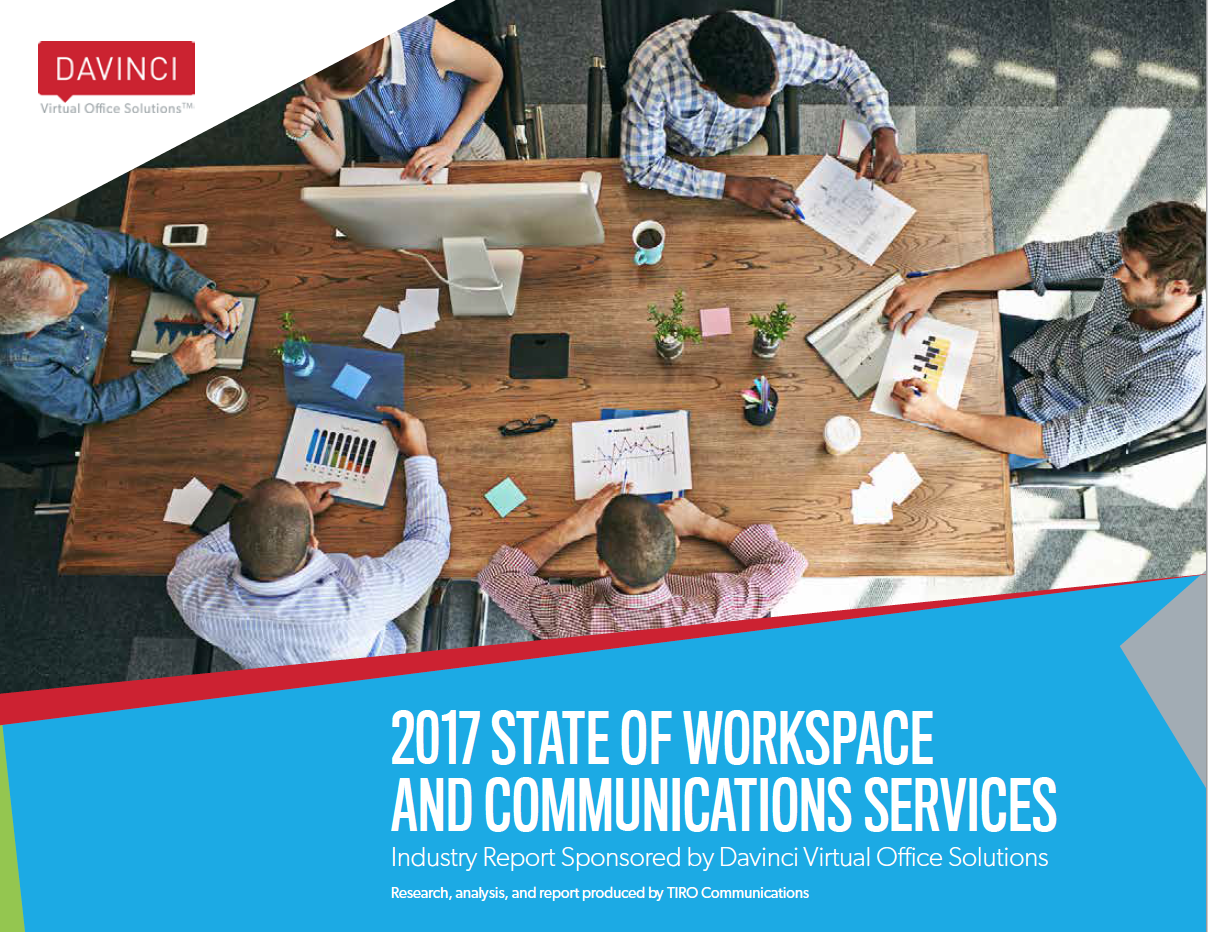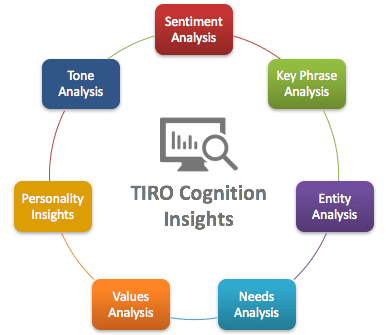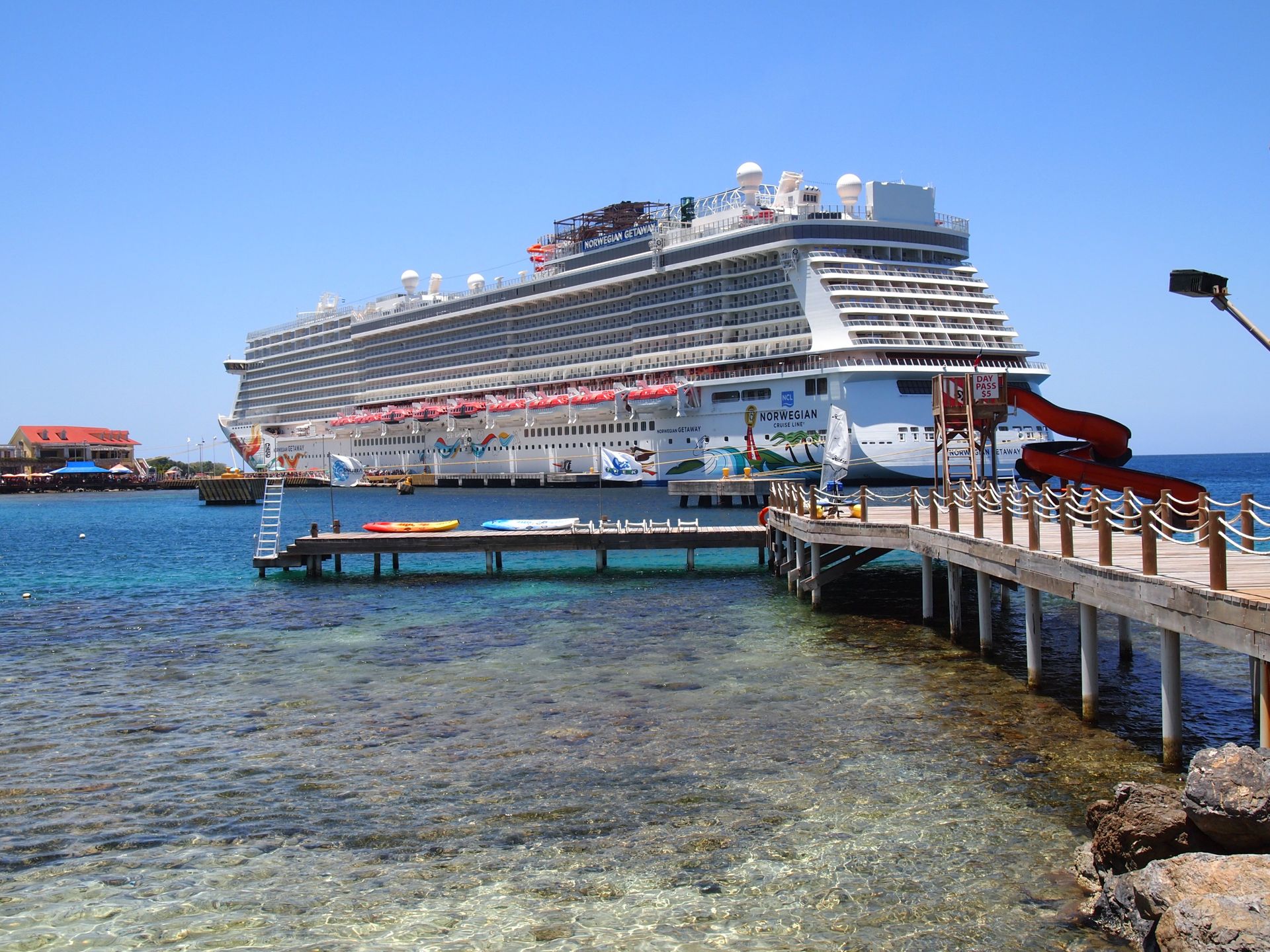Customer Service in the Digital Age
- By Patrick Spencer
- •
- 15 Feb, 2016
- •
Proactive engagement across multiple channels and devices becomes a non-negotiable

The Digital Age necessitates that organizations rethink how they deliver customer service. Once delivered in a silo, customer service now touches virtually every aspect of a business. The transformation that is underway touches companies of all shapes and sizes. And without many of the same legacy encumbrances of big businesses, small businesses have an opportunity to capitalize much more easily and faster than their larger counterparts.
Ignoring the digital customer service revolution isn’t an option for any business. Those that fail to get on the bandwagon do so at their own peril. The reality is that customers—B2C and B2B—are talking, texting, emailing, browsing, tweeting, posting, researching, and chatting more than ever. Strategic focus is no longer about operational efficiencies, service transactions, and problem resolution, but rather about customer advocacy, lifecycle management, and nurturing communities of engaged and connected customers.
What’s Driving the Customer Service Evolution?
In a recent two-part blog post for Davinci Virtual, I discussed examined the implications of this new customer service digital paradigm and why it is imperative to deliver great experiences across multiple channels. Three factors are driving the change:
1. Technology disruption. Evolution in cloud computing, social networks, and data analytics, along with rapid adoption of mobile devices and apps create significant consequences for customer service.
2. Customer
changes.
Customers expect their suppliers to offer them personalized
experiences and enable
omnichannel
engagement.
Competitive
landscape. The barriers to compete and enter new markets are lower than
ever as a result of technology disruption and globalization.
3. Competitive landscape. The barriers to compete and enter new markets are lower than ever as a result of technology disruption and globalization.
Digital Checklist for Customer Service
To avoid falling behind their peers and failing to provide their customers with outstanding customer service experiences, organizations need to review a checklist of six action items:
1. Include the human component. Customers want their experiences optimized, not automated. Self-service technologies are not a replacement to human interactions; instead, they complement them.
2. Integrate your service. Customers simultaneously live in the digital and the physical worlds and expect their suppliers to do so as well. Service must be tightly integrated across all channels—phone, email, communities, social, and website, and businesses become annoyed—68 percent—when they must repeat themselves when they are transferred between channels.
3. Empower through self-service. One-quarter of customers now turn to third-party websites and forums to resolve issues.
4. Manage the customer journey. Customers expect providers to know their preferences, histories, goals, and aspirations. this does simply occur during in-person engagements (e.g., phone, in-store, etc.); rather, customer-intelligent customer service engagement is increasingly commonplace.
5. Make and mobilize advocates. Customer service is no longer measured based on efficient operations but instead by metrics such as repeat business and advocacy.
6. Predict the future. Simply knowing what a customer needs and aligning services to satisfy those isn’t enough any longer. Organizations need to offer proactive services to customers based on segmentation and behavior.
Consultative Direction
For more detail on the above, check out the two-part blog post series:
- Customer
Service Encounters the New Digital World, Part I
- Customer
Service Encounters the New Digital World, Part II
To find out how TIRO Communications can help you tap the right technologies and strategies to capitalize on what the digital evolution offers when it comes to customer service, contact us today.













